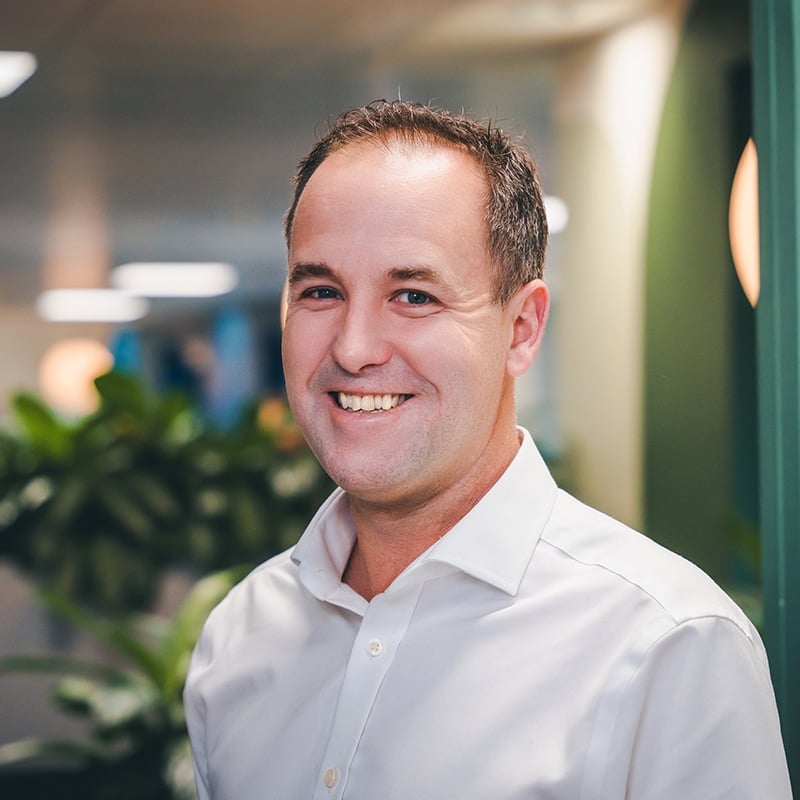Designing a new Target Operating Model (TOM) is about aligning the shape of an organisation with its strategy. It involves analysing structures, roles and processes and defining how the company should function. The aim is to enable the organisation to achieve its goals as efficiently as possible. Many organisations will review their TOM every three to five years, but the need can also be triggered by internal or external factors. For example, a change in the competitive landscape or a realignment of business priorities.
Demand today is also being driven by the accelerated pace of change. Businesses are now operating in a world where everything is in flux and none of the old certainties can be relied on. To survive and thrive, they must move to operating models that allow them to be agile, adaptable, resilient, and capable of moving at speed.
According to Bain, as many as 80% of senior executives believe their organisations need reorganising in order to perform more effectively. Not surprisingly, people with strong TOM design experience are now in high demand. CEOs recognise the importance of their specialist expertise and want to tap into their skills, usually on a project basis.
Steve Arrow, Executive Director in BIE’s Transformation Practice, draws on his 15 years of experience providing client-side delivery capability with FTSE 100 and FTSE 250 companies, to share his advice on what it takes to do the job well.
Strategic thinking
The purpose of TOM design is to deliver the organisation’s goals as efficiently as possible. It’s a strategic exercise that requires excellent analytical skills and an ability to think clearly and logically.
A TOM specialist will often start by working with senior executives to define precisely what the organisation is trying to achieve, and why. They then need to bring clarity to the process, by setting goals and defining what success looks like.
Connecting the dots
Organisations are never neat or simple; they are complex systems with many moving parts. The TOM specialist has to take a holistic view of people, processes and structures and understand the interdependencies.
They must also be able to visualise organisational change, making it clear and easy for all stakeholders to understand.
Empathy and relationships
An organisation is a social entity, and TOM design is ultimately about designing connections between people in the context of a culture, being thoughtful of many human factors, including roles, positions, skills, training and career paths.
The best TOM specialists also need strong relationship skills to work effectively with senior leaders, understand their vision and help them bring every member of the organisation on the journey. Successful TOM change can only succeed if people are ready and willing to embrace change, and relationships are essential to achieve this.
Pragmatism
Not all organisations have the desire, budget or level of internal transformation maturity to implement best practice models, and a new TOM is more likely to succeed if it is supported in practical ways that are workable, and realistic.
Therefore, TOM specialists with a demonstrated ability to implement what they design are highly valued. Being brilliant at both design and execution is, of course, the ideal.
Track record
TOM design is difficult and can easily go wrong. It can even make things worse, causing significant disruption without any tangible benefits. Many CEOs either know of such instances or have direct experience in companies where they have worked previously.
As a result, they value people with a strong track record. However good your theoretical knowledge, it is best to be able to back it up with case studies that demonstrate positive outcomes on previous projects.
Consulting vs in-house experience
Technical knowledge will always be highly valued by clients, and individuals coming out of consulting firms often excel in this area. However, from the point of view of hiring managers, a mixture of experience may be preferable, combining the best of both worlds: consulting experience, plus a period of time in-house either in an interim or permanent role.
Again, this can be due to wariness among business leaders embarking on a major organisational change, experience in-house adds a practical dimension to a person’s experience and demonstrates the ability to “do”, not just “advise”. There can also be a perception that individuals straight out of consulting take longer to adjust to corporate approaches and sometimes struggle not to ‘think’ like a consultant.
In fact, many organisations opt for a blended approach to their TOM design team, using a mix of ex-consultants and people who have come up through internal functional areas, such as HR or finance, to ensure they maintain a balanced view.
Knowledge transfer
The TOM specialist is brought in for their expert skills for a focused period of time, but the organisation needs to carry on evolving afterwards, relying on full-time employees to keep the process of developing people, process and technology going.
Organisations are therefore eager to upskill their own people and build internal capability. As a result, if you are able and willing to transfer skills you will be highly valued.
Designing for purpose
Organisations that have a clear purpose have been proven to deliver value: what started out as altruism has turned into a valuable business strategy. Organisations achieve more when they are driven by purpose. Employees are more focused, engaged and productive.
Purpose can’t just be patched onto an existing organisational structure; it needs to be embedded deeply and become an integral part of the value proposition. Leaders need to invest in purpose and employees must live it every day, so it becomes the organisation’s whole raison d’être.
This is where a new opportunity lies for TOM specialists. Organisations want some of that magic and people who really understand the dynamics of purpose and values, and are able to deliver will be in high demand.
For more information on how BIE can help you develop your transformation career, please contact our Transformation Team.




